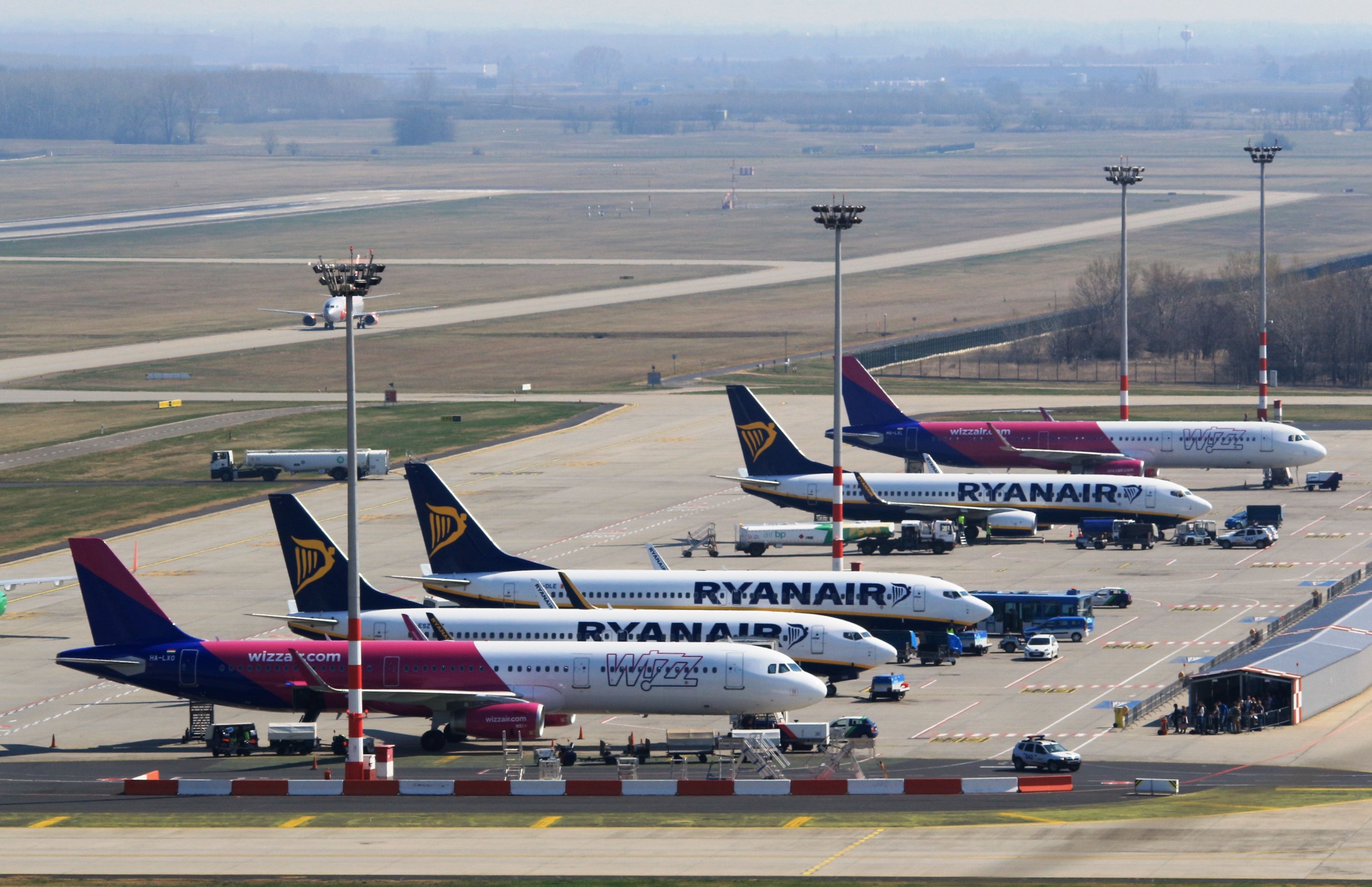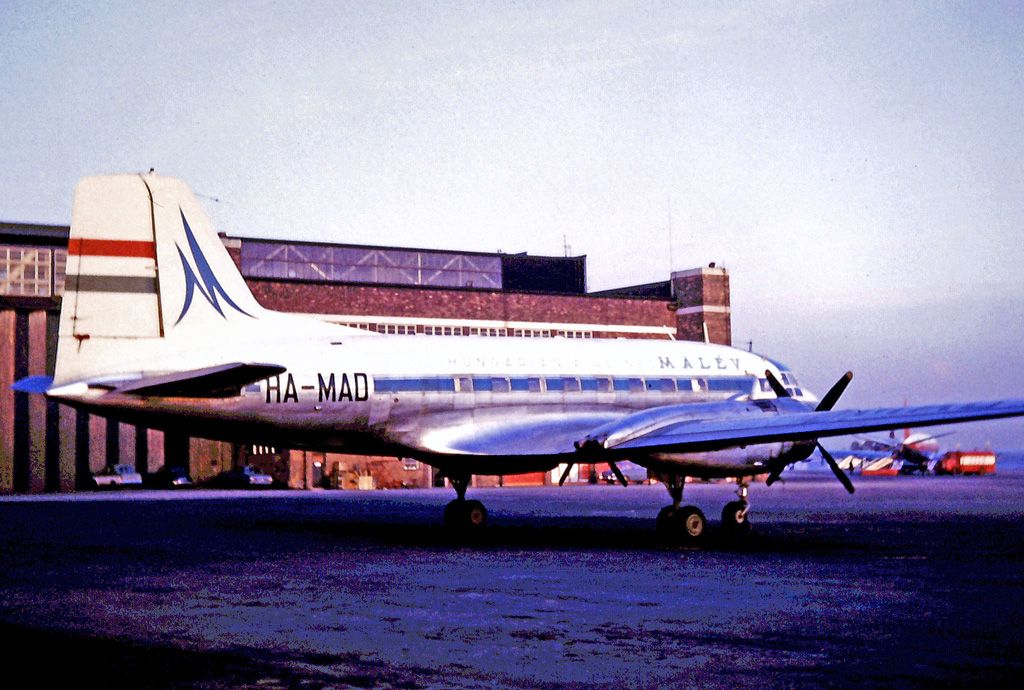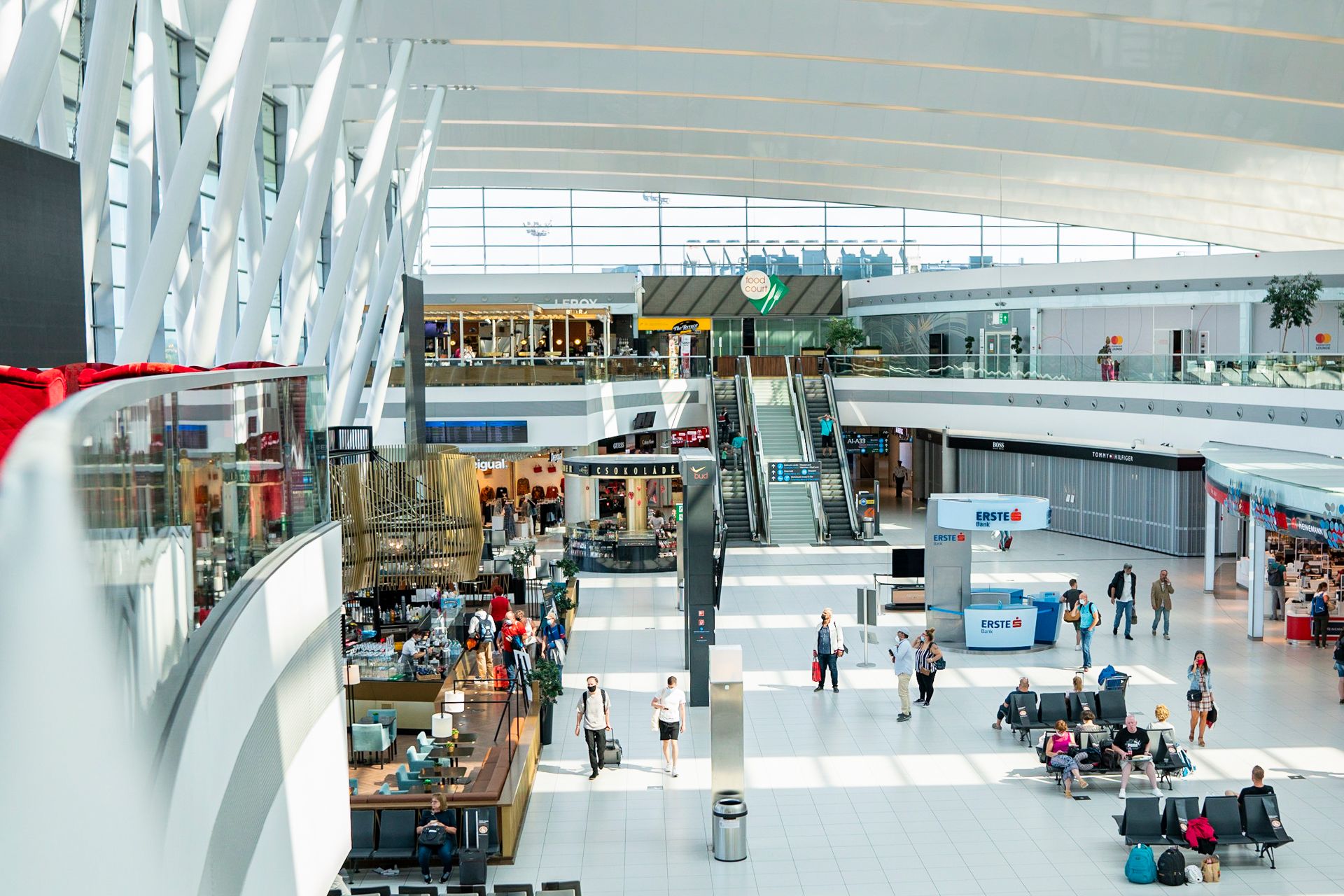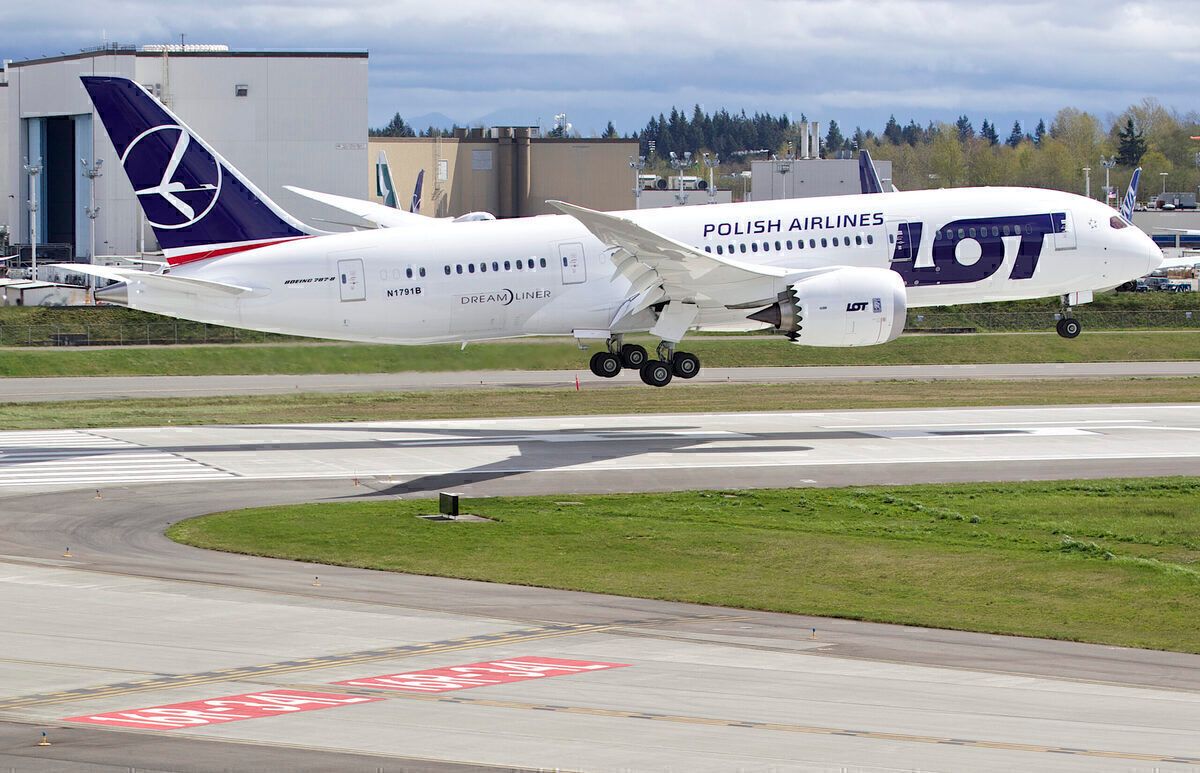Budapest Ferenc Liszt International Airport (BUD) is the leading international airport for the land-locked country of Hungary in Central Eastern Europe. Home to nearly 10 million people and a catchment area of around close to thirteen million, if you include southern Slovakia, BUD handled 16.2 million passengers in 2019.
With regularly scheduled flights with Wizzair, Ryanair, Lufthansa, easyJet, and LOT, BUD is the most successful airport in Central Eastern Europe in terms of passenger growth. Thanks to its outstanding customer service, the airport has won the Skytrax Award for 'Best Airport in Eastern Europe' eight years in a row.
How the airport came to be
Located 13. 6 miles from downtown Budapest the airport is located between the neighborhoods of Pestszentlőrinc, Rákoshegy, and Vecsés. Intended to be a joint military, civilian airport construction began in 1942. The civilian facilities would be in the northwest and the military ones in the southeast. A freeway between the airport and the center of Budapest was to be constructed simultaneously with the airport.
Because of the Second World War and Hungary's pact with Adolf Hitler, the military side of the airport was built first. By the end of the war, the airport was severely damaged. It came under Soviet occupation after the city was surrounded by the Red Army and the Romanian Army on December 26, 1944.
The airport was rebuilt as a civilian facility in 1947
In 1947, it was decided that the airport would be rebuilt as a civilian airport serving Budapest. Following three years of work, the airport reopened to civilian air traffic from fellow Eastern Bloc countries connecting the Hungarian capital with Bucharest, Prague, Sofia, and Warsaw.
On November 25, 1954, the Hungarian government established Magyar Légiforgalmi Vállalat (Hungarian Airlines – Malév). The airline's first flight to a western country occurred in the summer of 1956 when a Malév
plane flew a short 133 miles flight between Budapest and Vienna. The first western flight to arrive at the airport was a KLM Royal Dutch Airlines flight from Amsterdam in 1957. As the airport opened up to more international travel, it was decided to lengthen the runway to 9,875 feet.
Traffic at the airport steadily increased, leading to a new control tower being built in 1977. In September 1983, a second 12,162-foot runway was constructed parallel to the existing one. By 1993 Malév was flying between New York and Budapest, and Budapest Ferihegy International Airport (BUD), as it was called, then had two terminals that handled four million passengers a year.
In 2005 BUD went private
On December 8, 2005, the airport went private after British airport holding company BAA plc bought a 75% stake in BUD for $2.1 billion. In 2006 BAA announced that it planned to sell its holding in the airport to a German consortium led by HOCHTIEF AirPort GmbH, subject to the consent of the Hungarian State.
On March 16, 2011, Budapest Ferihegy International Airport (BUD) was renamed Budapest Ferenc Liszt International Airport after the Hungarian composer Franz Liszt. Following years of losses and being told it had to repay state air by the European Commission, Malév ceased operations on February 3, 2012. The failure of the airlines led to the loss of 2060 direct jobs and the 1.5 million passengers that Malév brought to the airport. The void was quickly picked up by low-cost carriers Ryanair and Wizz Air.
In 2011 the airport announced that it was spending 300 million euros to renovate the terminals and construct a new business and cargo area called "Budapest Airport Business Park. " Included in the project was a new hotel and an expanded car parking facility. By 2014 long-haul overseas flights returned to Dubai, Beijing, Montreal, and Toronto.
LOT begins flying from BUD to New York and Chicago
With no direct flight to the United States since 2011 following Delta and American Airlines decision to fly to Budapest, LOT Polish Airlines announced it would fly from BUD to New York and Chicago. The Polish carrier announced that it would fly twice a week to the American cities using its new Boeing 787 Dreamliner aircraft.
According to several unsubstantiated reports, it is rumored that the Hungarian government was looking at repurchasing the airport from its foreign owners. This follows on from Prime Minister Viktor Orbán's opposition to its 2005 privatization.




